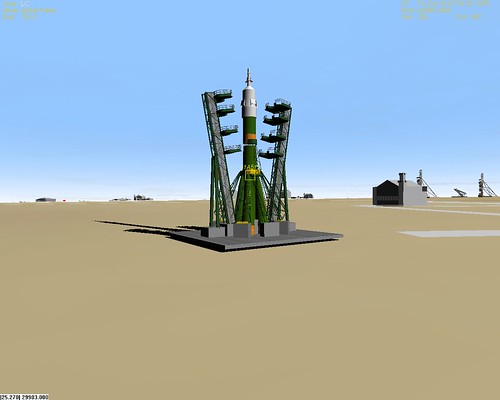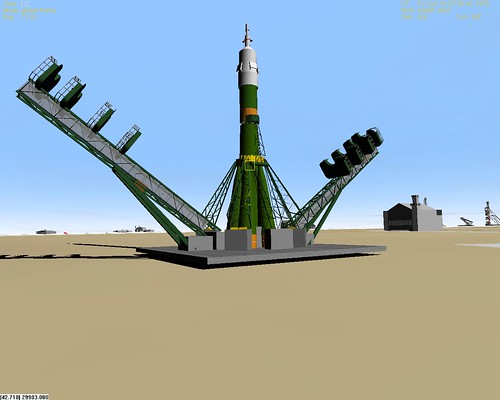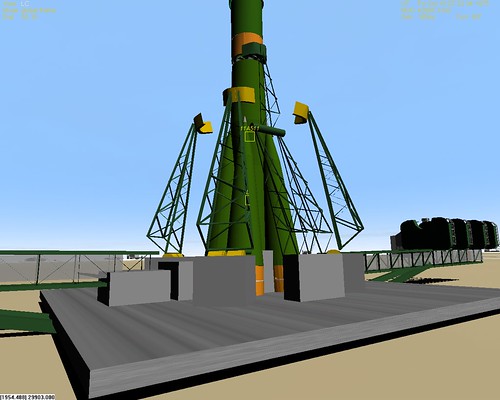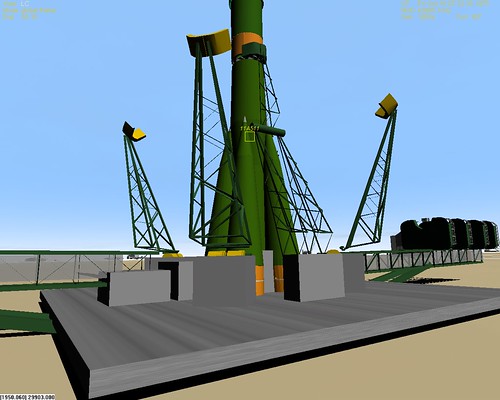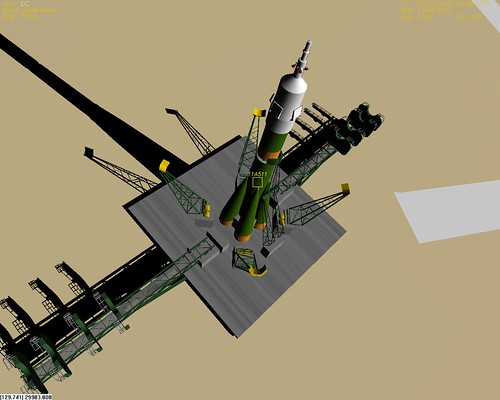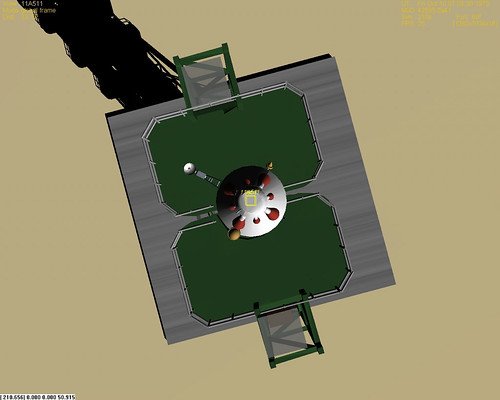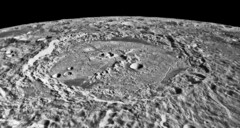First Geek on the Moon #2
Over the week-end I finally went over the half-way mark in First Man (that biography which dropped on your foot will result into a few broken toes ...), and so far I have enjoyed every pages. IMHO, the author really do a good job in painting a living (and interesting) portrait of Neil Armstrong, without overloading the book with too much of these everydays details, which are sometime nice to know, but so often unnecessary (if you ever want to know which brand of cereals Mr Armstrong prefers, well ... You'll be sadly disappointed). That remind me that thanks to the JSC Oral History Project, over 200 interviews of individuals having participated to space exploration (from Mercury to the Shuttle), are available for us space nerds to enjoy. Altought most of the interviews are from people most of us have never heard about (a shame really), severals astronauts are among the more famous individuals interviewed from Armstrong, Neil A. (obviously) to Schmitt, Harrison H. “Jack” (to cite only a few). Overall this web site have also some good contents on the manned space programs (including the cooperation between the US and Russia on the Shuttle-Mir program).
Speaking of history (this time at the present tense), it looks like NASA have finaly settled in the naming of its up-coming new spacecrafts and launchers (part of ESAS), according to some rumors: Crew Exploration Vehicle (CEV) will be known as Altair and the Lunar Surface Ascent Module (LSAM) will be Artemis. As for the launchers, it will be Ares I for the Crew Launch Vehicle (CLV) and Ares V for the Cargo Launch Vehicle (CaLV). Once again, we're back into the Greek mythology theme ...
Speaking of history (this time at the present tense), it looks like NASA have finaly settled in the naming of its up-coming new spacecrafts and launchers (part of ESAS), according to some rumors: Crew Exploration Vehicle (CEV) will be known as Altair and the Lunar Surface Ascent Module (LSAM) will be Artemis. As for the launchers, it will be Ares I for the Crew Launch Vehicle (CLV) and Ares V for the Cargo Launch Vehicle (CaLV). Once again, we're back into the Greek mythology theme ...


